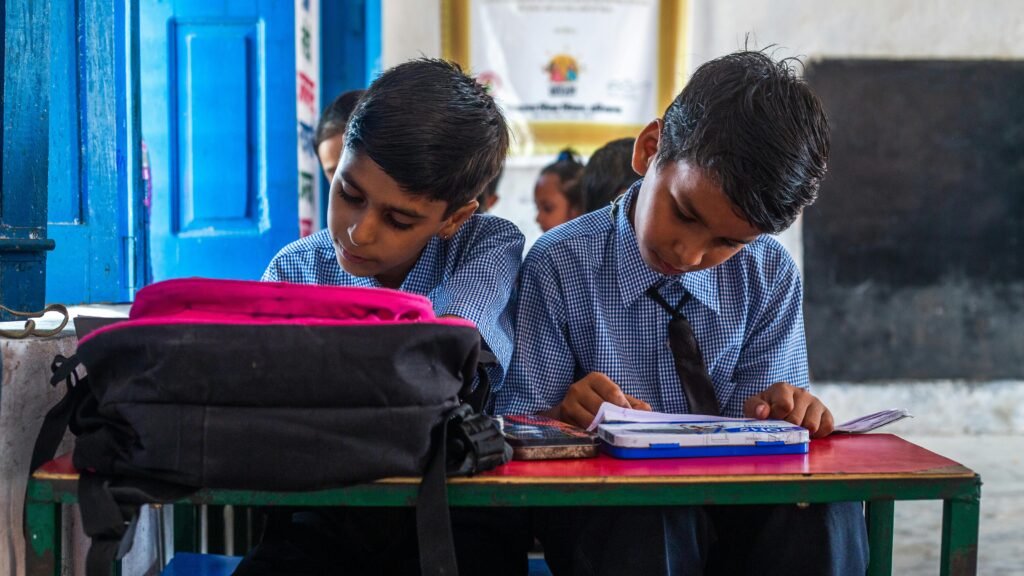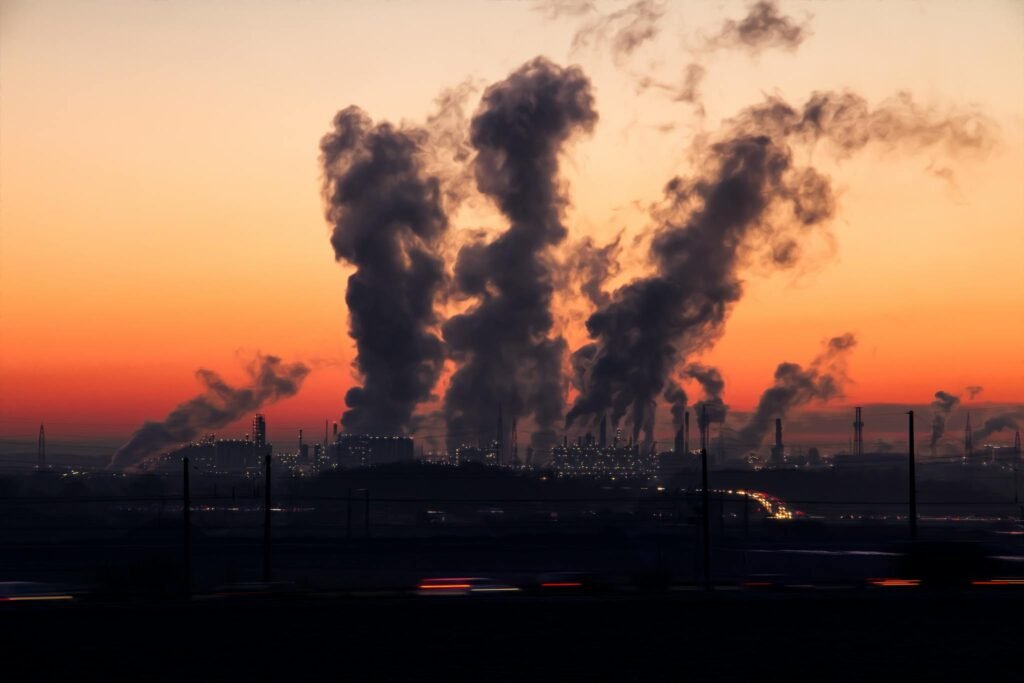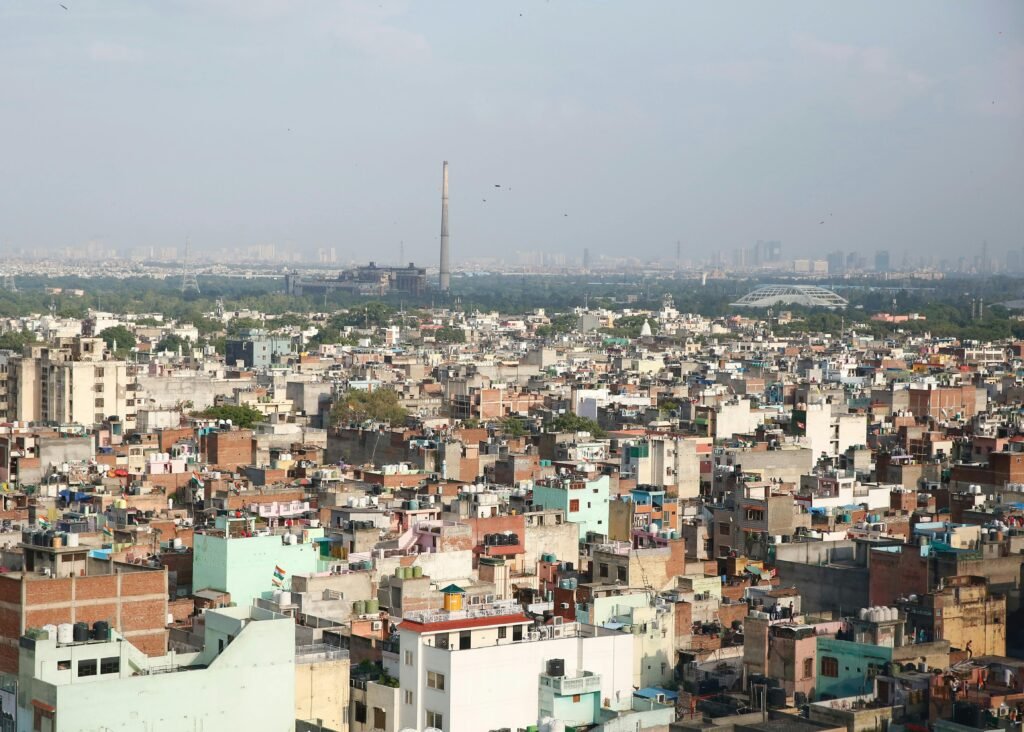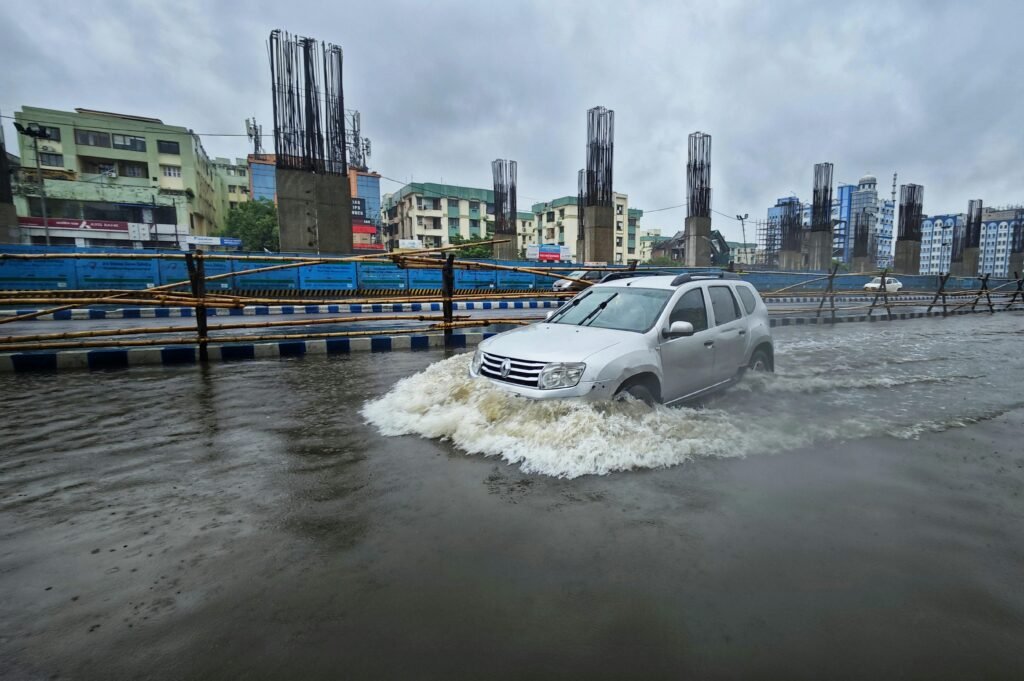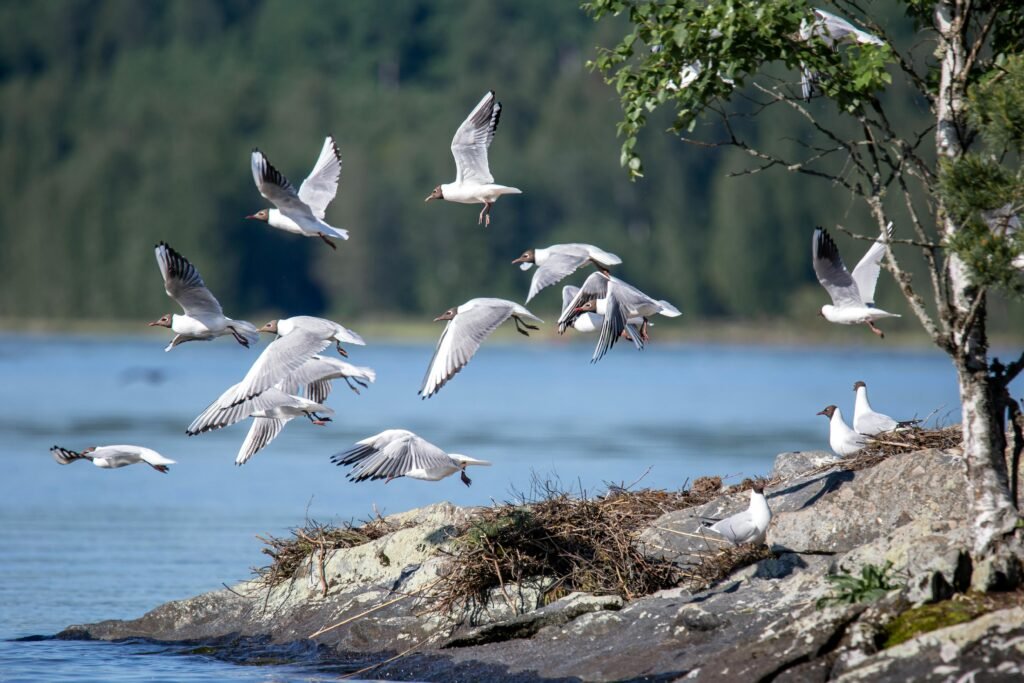
Birds used to fill every morning with chatter—little bursts of song drifting through the trees, a flash of wings overhead. Now, something feels off. They cannot find their old spots anymore, the places they swooped back to every year. Warm weather messes up where they build nests. Food hides when seasons twist the wrong way. Some birds vanish too fast, leaving quiet patches where noise once danced. Empty skies do not sit right—they feel hollow, like a friend moved away. We can keep the birds around, though. It starts with seeing what’s wrong and pitching in.
This blog digs into how climate change rattles birds all over the world. We will walk through why their homes fade, their meals slip away, and their numbers drop—then figure out what we can do. If their songs sound fainter lately, or you miss their flutter, stick with me. This is about the skies we love and the feathered friends we can save.
Why Birds Matter
Birds are more than pretty voices waking us up. They carry seeds in their bellies, dropping them to sprout new trees. They sip nectar from flowers, spreading pollen so plants grow. They snatch bugs that chew through crops, keeping fields alive. Without them, things fall apart—forests thin out, harvests shrink, pests take over. But it is not just about that. Birds lift us up too. A bright red cardinal on a branch, a hawk slicing through the wind—it stops you cold, makes you feel part of something big. When they fade, we lose that spark.
Climate change is stealing them from us. Heat climbs higher, weather turns wild, seasons stumble out of line. Some birds disappear forever—huge flocks of passenger pigeons once blotted out the sun, now just a story. Quiet treetops mean trouble, not just for them, but for the whole messy, beautiful web we live in. We need birds—for nature, for food, for that tug at the heart.
How Climate Change Disrupts Birds
Birds are getting hit from all sides as the world warms up. It is not one thing—it is a pile of troubles stacking up. Here is what they face:
1. Nesting Spots Vanish:
Birds fly back to the same corners every year—shady woods, wet marshes, rocky shores. Warmth messes with those places. Marshes turn to dust when rains stop coming. Woods catch fire in dry, hot summers, or get chopped down faster. Waves climb higher, swallowing coastal nests. Birds show up ready to settle in, but their homes are gone or baked. They cannot just shrug and move—they are wired to return.
2. Food Becomes Scarce:
Birds time their migrations and breeding to match food peaks—like insects in spring or berries in fall. Climate change scrambles these schedules. Warmer springs make insects hatch earlier, so migrating birds arrive too late to feed their chicks. Droughts kill off plants, leaving seed-eaters hungry. Fish move to cooler waters, out of reach for seabirds. When seasons shift, food slips away, and starvation creeps in.
3. Migration Gets Messier:
Many birds fly thousands of miles between breeding and wintering grounds, guided by weather cues. Rising temperatures confuse these signals. Some leave too early or too late, missing ideal conditions. Storms—stronger and more frequent now—knock them off course or exhaust them mid-flight. A warbler might not make it if a heatwave hits halfway. Migration becomes a gamble, and losses climb.
4. Some Species Fade Fast:
Not all birds can cope. Specialists—those tied to specific foods or habitats—suffer most. The Arctic tern, a long-distance flier, loses icy stopovers to melting ice. Mountain birds get pushed uphill until no higher ground remains. Studies show some populations dropping by half in decades. When they disappear, skies empty out, and ecosystems wobble without their roles.
These disruptions paint a grim picture. Birds cannot keep up with a world that changes faster than they can evolve. We feel it too—fewer songs, fewer flashes of feathers overhead.
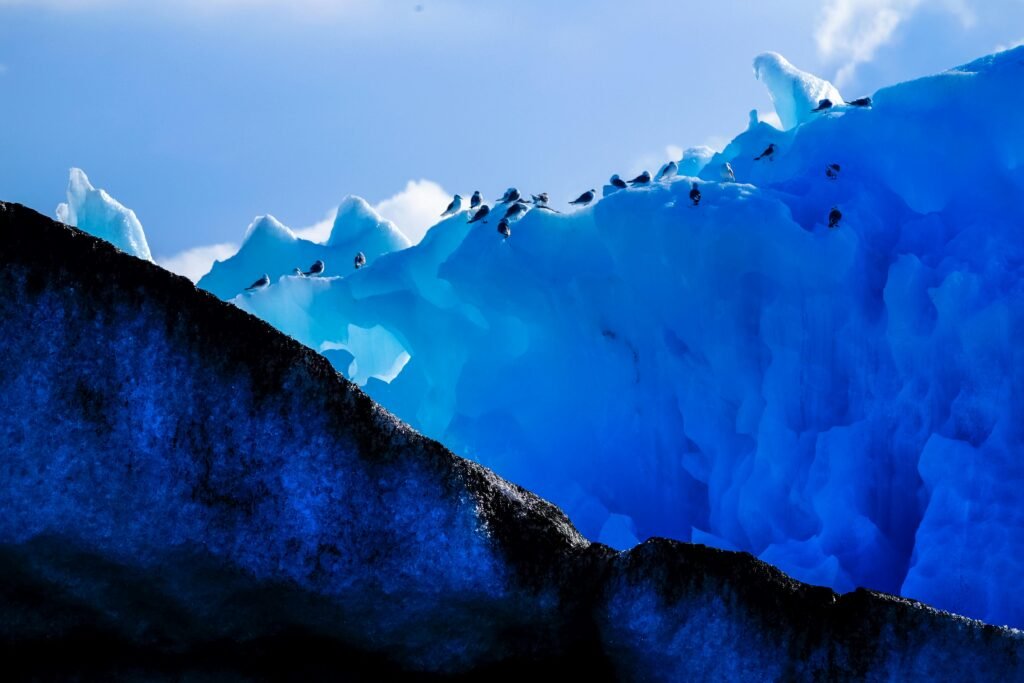
Why Less Pollution Helps
Cutting pollution offers birds a lifeline. Climate change ties directly to carbon emissions—burning coal, gas, and oil heats the planet and throws nature off-kilter. Less pollution slows that warming. Stable temperatures mean nesting spots stay usable longer. Predictable seasons keep food in sync with bird cycles. Cleaner air reduces smog, which can choke birds or kill the insects they eat. Every step toward less pollution steadies their world.
It is not just about carbon. Light pollution from constant outdoor bulbs blinds night-flying birds, while noise pollution drowns out mating calls. Reducing these helps too. Cleaner, quieter, darker skies let birds thrive where they belong. Less mess in the air means more wings in it.
What We Can Do to Keep Birds Around
We hold real power to support birds against climate change. Everyday choices and bigger pushes combine to make a difference. Here are actionable ways to help:
1. Cut Energy Use:
Power plants drive emissions, so use less electricity. Turn off outdoor lights at night—fewer bulbs mean less carbon and less light pollution. Switch to energy-saving LEDs. Unplug unused devices. Lower energy demand keeps climates bird-friendly.
2. Plant for Birds:
Create bird refuges in your space. Native trees, shrubs, or flowers provide food and cover—berry bushes for seed-eaters, grasses for nesters. Skip pesticides—bugs feed birds. Even a small patch offers rest or fuel for their journeys.
3. Reduce Waste:
Landfills emit methane, worsening climate shifts. Reuse items, recycle, compost scraps—less trash means less heat-trapping gas. Try swapping goods or reviving wax to cut what you discard. Small waste wins aid bird cycles.
4. Push for Clean Air:
Advocate for cleaner energy where you live. Walk or bike over driving—fewer fumes cool the air. Support wind or solar projects—clean power beats dirty coal. Less pollution helps birds breathe and find food. Your push ripples outward.
5. Watch and Report:
Notice birds around you—count them, note changes. Apps or local groups track numbers, showing where help is needed. Share what you see online or with friends: “I hear fewer birds—do you?” Spread the word about climate’s toll. Awareness wakes people up to act.
These steps are not hard. They fit any home, any life—urban flats, rural gardens, anywhere birds fly. Start with one, then add more. Birds stay when we give them a chance.
What Could Happen If We Act?
Picture this: you turn off lights, plant a bush, cut waste—and others do too. Energy use drops, carbon falls, and temperatures steady. Nesting spots hold firm—wetlands glisten, forests stand tall. Food syncs up again—chicks fledge, not starve. Migration paths clear as storms ease. Species on the brink, like tiny warblers or mighty eagles, bounce back. Skies fill with wings and songs once more.
Numbers show hope. One home saving energy cuts emissions a little; a million homes shift the climate curve. Native plants in yards can double local bird visits. Less pollution could save a third of at-risk species, studies say. It is not a dream—it is cause and effect. We act, birds stay, and the world feels right again.
Challenges We Face
Action is not always easy. Old habits die hard—leaving lights on feels safe, driving is convenient. Planting takes time; not everyone has space. Pollution cuts need big shifts—factories and cars will not vanish overnight. Some birds are too far gone, lost to changes we cannot undo. Doubt creeps in: “Will my bit matter?”
Yet every hurdle has a workaround. Timers dim lights without worry. One pot of flowers fits anywhere. Small choices—like skipping a drive—add up. Even if some species fade, others can thrive with help. Your bit joins millions—together, it is enough.
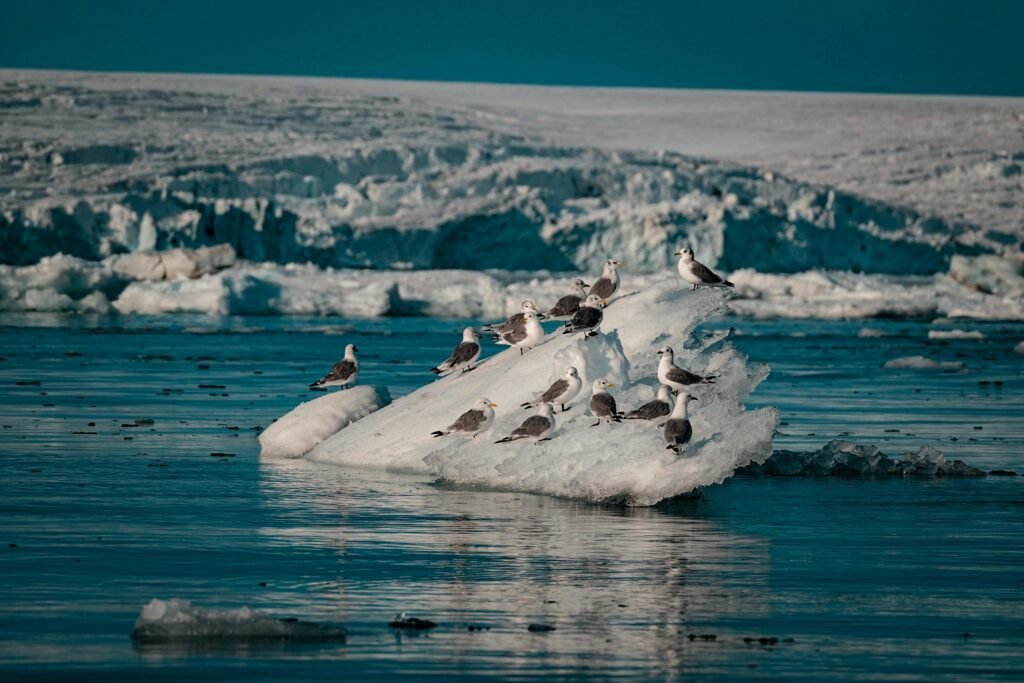
Real Examples Today
Birds and climate change play out in real stories—here are some we know:
- Arctic Tern: This champion flier crosses oceans, but melting ice steals its icy rest stops—fewer return each year.
- Pied Flycatcher: Warmer springs hatch bugs early—it arrives late, chicks go hungry, numbers slip.
- Andean Condor: Rising heat drives its prey down mountains—its vast wings hunt a shrinking range.
- Black-faced Spoonbill: Sea rise floods its feeding flats—just hundreds cling on, down from thousands.
- Kirtland’s Warbler: Protected forests lift it back—proof our work can turn the tide.
These birds span the globe, showing climate’s bite and our chance to heal it. They respond when we step up—it is not just talk; it is happening.
Conclusion
Birds are flying off as climate change steals their homes, food, and futures. Warmth shifts their nests, seasons hide their meals, and pollution clouds their skies. We can stop this—less energy, more plants, cleaner air keep them here. Empty skies do not have to stay empty. Act now—birds and climate change need your help. Their songs are waiting.
Frequently Asked Questions (FAQs)
1. Why are some birds more at risk than others?
Some birds depend on exact spots or foods—specialists, we call them. A mountain bird needs cold peaks; if heat climbs, it has nowhere to go. Seabirds like the Arctic tern lose icy rests when oceans warm. Others, like city pigeons, adapt to anything—generalists survive better. Specialists feel climate’s punch hardest—they cannot switch homes or meals quick enough.
2. Can planting really make a difference for birds?
Yes—it gives them what they need. A bush with berries feeds a hungry sparrow after a long flight. Tall grasses shield nests from wind or eyes. Native plants bring bugs—chicks gobble those up to grow strong. Even a small patch helps them rest or refuel. Studies say yards with native plants see twice the bird visits—it is not just nice, it works.
3. How do I know if birds near me are fading?
Listen and look—fewer songs at dawn, less flutter in the trees, those are clues. Count what you see over a week—compare it to last year. Apps or local bird groups track numbers too; they spot drops you might miss. If mornings feel quieter, or hawks stop circling, birds and climate change could be at play—sharing that wakes others up.
Do share your thoughts by commenting below.


